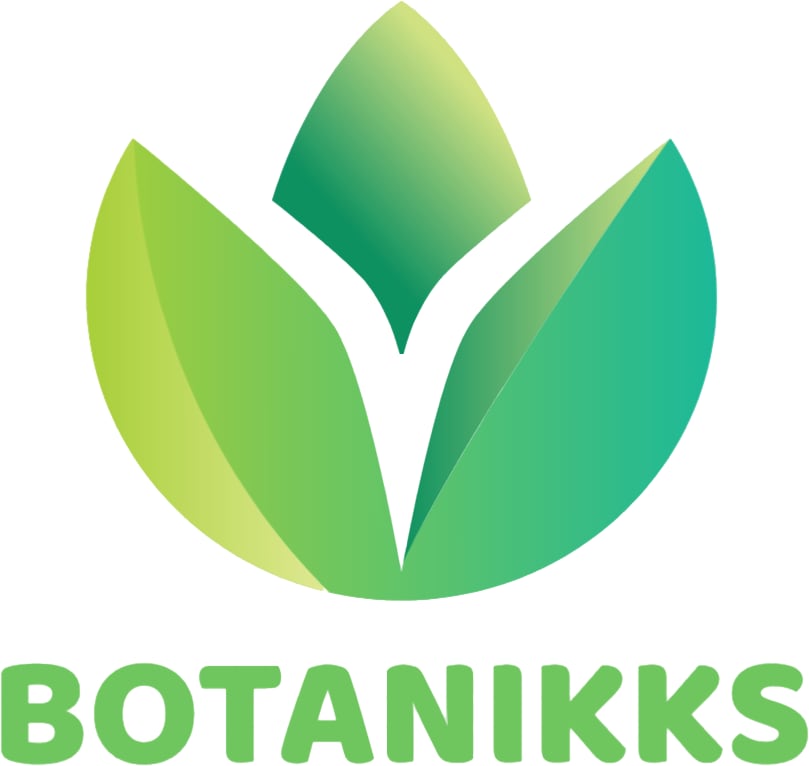Overview of Vernonia sculptifolia Hiern
Vernonia sculptifolia Hiern is a hardy and adaptable plant that belongs to the Asteraceae family. It is a perennial herb that is known for its beautiful foliage and delicate blooms. The plant is native to tropical and subtropical regions of Africa, particularly in Ethiopia, Kenya, Tanzania, and Uganda.
Common Names
Vernonia sculptifolia Hiern is known by several common names, including Ironweed, African Ironweed, African Hard-Leaved Ironweed, and Kigelia Ironweed. The name “Ironweed” comes from the plant's tough stems and hardiness.
Appearance
The leaves of Vernonia sculptifolia Hiern are its most striking feature. They are hard, glossy, and deep green, with a smooth and waxy surface. The plant grows up to 1.5 meters tall and develops a woody base with several branches. The stem is rigid, with a grooved and reddish-brown color. The flowers appear in clusters, and they are small, tubular, and have a pink to purple hue.
Uses
Vernonia sculptifolia Hiern is a medicinal plant in most African countries, where its leaves, roots, and bark are used in traditional medicine. In Ethiopia, the plant is used to treat stomach and intestinal ailments, while in Uganda, it is used to treat coughs and colds. The plant is also used for its insect repellent properties.
Aside from its medicinal uses, Vernonia sculptifolia Hiern also has landscaping value. The striking foliage and delicate blooms make it an attractive addition to any garden. The plant is easy to maintain and requires minimal watering and pruning.
Light Requirements
Vernonia sculptifolia Hiern thrives in full sunlight and requires at least six hours of direct sunlight per day. Therefore, it needs to be grown in an open space where it can receive unobstructed sunlight. If grown in a shade, it may not develop correctly and may not produce sufficient flowers.
Temperature Requirements
The plant tolerates a range of temperatures. It thrives in temperatures above 18°C, but it can tolerate temperatures as low as -3°C without any damage to its growth. However, temperatures below 0°C should be avoided as they could damage the plant. High humidity is not suitable for Vernonia sculptifolia Hiern as it can make the plant susceptible to fungal diseases.
Soil Requirements
The soil for growing Vernonia sculptifolia Hiern should be well-drained and rich in nutrients. It prefers slightly acidic to neutral soils with a pH range of 6.0 to 7.5. The soil should contain organic matter, which can help in draining excess water. A sandy loam soil with good water retention capacity is ideal for growing Vernonia sculptifolia Hiern. The plant also requires a regular water supply. Therefore, the soil must have moisture capacity. Overwatering or underwatering should be avoided as it can affect the plant growth and yield.
Cultivation Methods
Vernonia sculptifolia Hiern is native to sub-Saharan Africa and is widely grown in several countries around the world. This plant is grown primarily for its ornamental value and can be grown in gardens, containers, or greenhouses. It is typically propagated using seeds, although cuttings can be successfully grown as well. To cultivate Vernonia sculptifolia Hiern successfully, start by selecting a location with well-draining soil and ample sunlight. This plant prefers full to partial sun exposure and requires a minimum of 6 hours of direct sunlight each day.Watering Needs
Vernonia sculptifolia Hiern is relatively drought-tolerant and does not require frequent watering. Water the plant once a week during the growing season, ensuring the soil is moist but not waterlogged. Reduce watering in the winter months to prevent root rot.Fertilization
Vernonia sculptifolia Hiern requires regular fertilization during the growing season to promote healthy growth and flowering. Apply a balanced fertilizer every 2-3 weeks during the growing season, following the manufacturer's instructions carefully. Avoid over-fertilization, as this can result in stunted growth and poor flowering.Pruning
Vernonia sculptifolia Hiern does not require much pruning, but removing spent flowers can help promote further blooming. Prune back any dead or damaged stems in the winter months, taking care not to remove too much growth. Regular pruning can help keep the plant's shape and prevent overcrowding.Propagation of Vernonia sculptifolia Hiern
Vernonia sculptifolia Hiern, commonly known as the "Musengeziwe" plant, is a popular medicinal plant that is native to Southern Africa. It has several health benefits, making it a valuable plant for propagation. Here are the different methods of propagating Vernonia sculptifolia Hiern:
Seed Propagation
The easiest way to propagate Vernonia sculptifolia Hiern is through seed propagation. The seeds of this plant can be collected from mature flowers, and sown in well-draining soil in pots. The pot should be kept in a bright, warm location, with regular watering until the seedlings emerge. The seedlings should be transplanted into individual pots or outdoors when they are large enough to handle.
Cuttings Propagation
Vernonia sculptifolia Hiern can also be propagated through stem cuttings. The cuttings should be taken during the growing season from soft, green stems. After taking cuttings, dip them into a rooting hormone and plant them in a well-draining soil mix. The cutting should be kept moist and warm, and once the roots have formed, it can be transplanted into a larger pot or planted outside.
Division Propagation
Division propagation can be used to propagate Vernonia sculptifolia Hiern. This method involves dividing a mature plant into several pieces that can be planted in different pots. The plant should be carefully dug up and the root system should be separated from the main plant before replanting in a well-draining soil mix. As with other methods, the new plants should be kept moist and warm until they become established.
Overall, Vernonia sculptifolia Hiern is an easy-to-grow plant that can be propagated through several methods. Depending on your preference, seed, cuttings, or division propagation can be successfully used to increase your stock of this prolific plant.
Disease and Pest Management for Vernonia Sculptifolia Hiern
Vernonia sculptifolia Hiern, commonly known as the Trailing Vernonia, is a lovely plant with ornamental and medicinal properties. However, like most plants, it can be attacked by pests and diseases that can hinder its full potential. Here are some common diseases and pests that might affect the plant and how to manage them:
Diseases
Anthracnose - This disease is caused by a fungus that causes dark, sunken spots on the leaves. It can spread fast and defoliate the plant, leading to stunted growth. To manage anthracnose, avoid wetting the leaves when watering, and prune off infected parts.
Powdery Mildew - A powdery mildew infection sprouts white hairs on the leaves, leading to poor growth. To prevent this, space out plants, remove infected parts, and apply fungicides.
Leaf Spot - This disease is caused by a fungal infection, causing greyish spots on the leaves and potential defoliation. To control it, prune off infected parts and apply fungicides.
Pests
Aphids - Aphids are small, pear-shaped insects that attack tender plant parts, causing wilting and reduced growth. Spray the plant with neem oil or insecticidal soap to manage them. Additionally, using reflective mulches can keep aphids away.
Whiteflies - These tiny white insects infest the undersides of leaves, causing yellowing and stunted growth. To manage whiteflies, you can release whitefly predators like ladybirds and lacewings, use insecticidal soap, or apply reflective mulch.
Caterpillars - Caterpillars are voracious eaters that can defoliate a plant fast. They can be managed by handpicking and killing them or by using Bacillus thuringiensis (BT) insecticides.
Taking early action against diseases and pests can help keep Vernonia sculptifolia Hiern healthy, allowing it to thrive and fulfill its potential.


